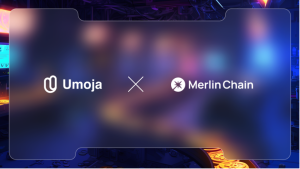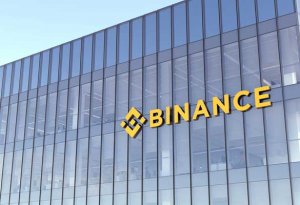MiFIR/MiFID II transaction reporting to an ARM vs NCA
Cappitech’s Ron Finberg makes the distinction between entities that accept regulatory reports and the mechanisms that regulated firms will be subject to using when transaction reporting comes under MiFID II

With MiFID II regulation coming into effect in January 2018, one of the existing debates in the financial industry is where firms should submit their Transaction Reports that are obligated under the MiFIR section of the new regulation.
Similar to MiFID I Transaction Reporting, for MiFID II, firms have the option to submit the daily reports to an Approved Reporting Mechanism (ARM) or a National Competent Authority (NCA), if that NCA has built the ability to accept reports.

For MiFID I, much of the debate resided around price and ease, as a financial firm’s local regulator which is classified as a NCA would be typically cheaper to report to. However, NCA’s have fewer options for support and connectivity to upload reports.
In contrast, ARMs are for-profit entities that can receive Transaction Reports, and are more expensive than NCAs. But, they provide additional services such as multiple connectivity options for different types of file formats and integrations. In addition, ARMs have support staff to help firms understand what to report as well as provide them with tools to monitor their submissions.
MiFID II vs MiFID I
With MiFID II coming, it has reopened the ARM vs NCA debate. However, the question has become more complex due to an increase in required information for MiFID II reports with available fields jumping to 81 from 24 for MiFID II. As such, firms that currently report MiFID I Transaction Reports to an NCA, are reexamining whether it makes sense to use an ARM this time around.
ARM/NCA Pros and Cons
To examine the debate, below are a list of pros and cons for both ARMs and NCAs
ARM Pros
- Many ARMs are supporting multiple integration options such as REST API and sFTP
- Back office analytics to review submissions and error messages
- Ongoing support staff
- Support of multiple file formats such as .CSV and XML
- Update clients of regulatory reporting changes
- Adapt integration and file format support to market trends
- Ability to leverage other ARM services such as reporting of similar regulation, clearing and settlement tools
ARM Cons
- More expensive with high volume firms potentially paying over £100,000 versus £10,000 with an NCA
- Additional security breach endpoint to worry about as information sent to ARMs is shared with regulators
- Additional reconciliation as financial firms are required to cross check that the outputs sent by the ARM to regulators in fact match trades they submit to the ARM
NCA Pros
- Cost effective when compared to ARMs
- Potentially more secure as client data within Transaction Reports is sent directly to regulators and doesn’t pass through ARM in the middle
- Easier to reconcile report submissions to internal trading reports
NCA Cons
- Limited onboarding help and ongoing support from NCA
- Support fewer file formats and integration options
- Fewer features available on back office reporting portal to review submissions
Beyond the pros and cons, choosing between an ARM or NCA often is based on the dynamics of the reporting firm. Many brokers and banks with strong technology teams and back office analytics tools are electing to report directly to an NCA as their in-house solutions provide much of the features ARMs provide.
On the other hand, firms with existing relationships with ARMs are deciding to report MiFID II reports to them due to the comfort that the ARMs understand their businesses and can help with both compliance and technology questions.
Also, smaller firms with only a handful of trades under scope to report may experience long term cost savings by reporting directly to an ARM despite manual processes they have to handle.









